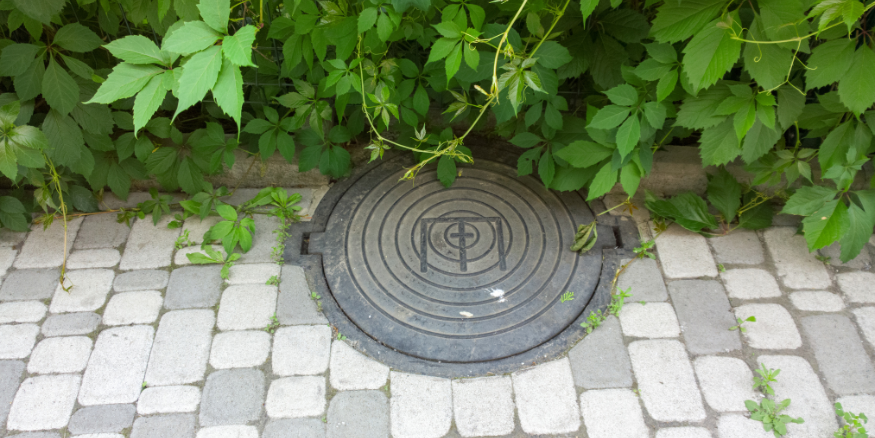Maintaining the integrity and durability of houses and structures requires proper drainage. If there is insufficient drainage, water can build up and cause structural damage, mould development, and other problems. Plastic drainage kits have been a popular, affordable, and simple-to-install option for drainage requirements in recent years. The components, advantages, uses, and installation procedure of plastic drainage kits will all be covered in detail in this article.
What are plastic drainage kits?
Plastic drainage kits are pre-assembled systems that come with all the parts needed to create a drainage system. These kits often come with a selection of fittings, pipes, and other items that help with appropriate water drainage. For more information on plastic drainage kits, including the range of sizes and shapes available, as well as the different components and accessories, visit our website.
In general, plastic drainage kits come with a wide range of parts, including pipes, connectors, end caps, and outlet fittings. Depending on the manufacturer and the intended use, a kit may contain different particular components.
Plastic drainage kits come in a variety of varieties, each one created to address a particular drainage need. French drain kits, gutter drain kits and landscape drainage kits are a few of the most popular varieties of plastic drainage kits.
Benefits of using plastic drainage kits
The affordability of plastic drainage kits is one of its main advantages. Traditional drainage systems can be prohibitively expensive for many households and businesses, but plastic drainage kits are often far less expensive.
The simplicity of installation is a key benefit of plastic drainage kits. Plastic drainage kits are far simpler to build and install than conventional drainage systems, which need for substantial excavation and installation.
Plastic drainage kits are not only inexpensive and simple to install, but they are also incredibly long-lasting and sturdy. These kits can endure harm from chemicals, UV rays, and other external causes since they are made to tolerate a variety of environmental conditions.
Comparatively speaking to conventional drainage systems, plastic drainage kits require less upkeep. These kits are less likely to be damaged and need fewer repairs or replacements because they are composed of sturdy materials.
Plastic drainage kits are available in a wide range of sizes and shapes, making them suitable for a variety of drainage applications. This versatility allows homeowners and contractors to select the appropriate kit for their specific needs. Plastic drainage kits are also resistant to a range of chemicals and corrosion, making them ideal for industrial and commercial drainage applications.
Applications of plastic drainage kits
Plastic drainage kits are commonly used in residential drainage systems, particularly for landscaping and foundation drainage. These kits can help prevent water damage to homes and structures, ensuring long-term structural integrity.
Plastic drainage kits are also widely used in commercial drainage systems, particularly in parking lots and other outdoor areas. These kits can help prevent damage to pavement and other structures, ensuring the safety and accessibility of these areas.
Plastic drainage kits are frequently used in industrial drainage systems, particularly for wastewater management and chemical processing. These kits can help prevent environmental contamination and ensure compliance with regulatory standards.
How to choose the right plastic drainage kit for your needs
Before selecting a plastic drainage kit, it is important to assess your specific drainage needs. This may involve consulting with a professional contractor or engineer to determine the appropriate kit size, shape, and components for your application. Once you have assessed your drainage needs, you can select the appropriate kit size and shape. This may involve measuring the area to be drained and determining the appropriate pipe diameter and length required to adequately drain the area.
It's crucial to take into account the strength and resilience needed for your particular application. For instance, the drainage kit may need extra strength and chemical resistance if it will be utilized in an industrial setting with extreme environmental conditions.
Polypropylene, polyethylene, and PVC are just a few materials that may be used to make plastic drainage kits. The choice should be based on the particular requirements of the application because each material has different advantages and disadvantages. Additionally, various elements like grate covers and sump pits could be required depending on the particular application.
Installation process for plastic drainage kits
The perplexing process of installing plastic drainage kits requires careful preparation of the area before commencing work. This may involve excavating the area, grading the land, and removing any impediments.
Once the area is ready, it's time to excavate a trench for the drainage system. The trench must be properly graded to facilitate efficient water flow.
Assembling the drainage kit is the next burst of activity. This may entail connecting pipes, fittings, and accessories according to the manufacturer's instructions. Once the kit is fully assembled, it can be connected to the main drainage system by linking it to an existing pipe or installing a new connection to the main system.
The system should be checked to confirm proper operation after the kit has been installed. To guarantee that the system stays functional over time, routine maintenance is crucial.
Conclusion
In conclusion, plastic drainage kits offer a cost-effective and simple-to-install solution for a range of drainage needs. Homeowners and builders may minimize structural damage to buildings and ensure adequate water drainage by selecting the suitable kit size, shape, and components. Plastic drainage kits offer a solid option for domestic, industrial, and commercial drainage systems because to its durability, minimal maintenance requirements, and resistance to chemicals and corrosion.


